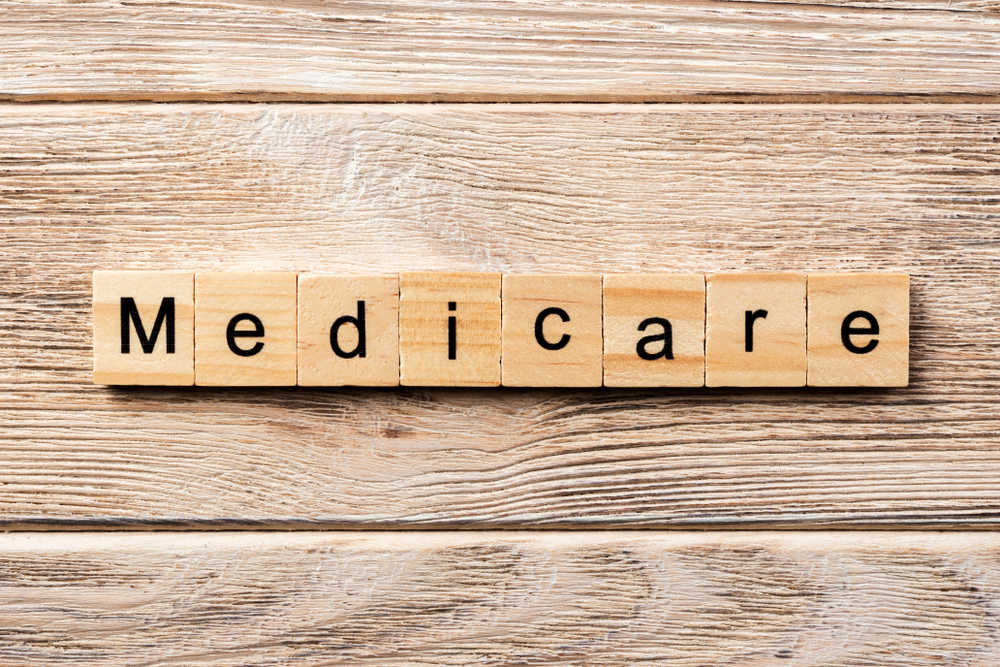What is Medicare?
Medicare is a national health care program administered by the Centers for Medicare and Medicaid Services, a federal agency. The program provides coverage to people 65 and older as well as certain younger people with disabilities.
Medicare is divided into four parts: Part A (hospital coverage), Part B, (medical insurance), and Part D, (prescription drug coverage).
Part A includes hospitalization, skilled nursing facilities and home health care. The premiums and payroll taxes paid by the beneficiaries are used to fund this plan.
Part B includes medical services, such as doctor’s visits, outpatient treatment, and certain preventive services. The federal government and beneficiaries pay premiums to fund the program.
* Medicare Advantage Part C is an alternative to Original Medicare, which includes parts A and B. Private insurance companies offer this plan, which provides Original Medicare coverage, but also may include other benefits, such as dental, vision, or hearing coverage. These plans are funded by a combination between premiums paid to the government and those of beneficiaries.
* Part D is an insurance plan for prescription drugs offered by private companies. It covers the cost of prescription medications for those with Original Medicare and Medicare Advantage plans. The federal government and beneficiaries pay premiums to fund the program.
Why is Medicare running out of money?
Several factors have led to concerns regarding the financial stability of Medicare.
The aging population is a major cause for concern.
Around 10,000 baby boomers reach 65 every day. It is estimated that by 2030, 20% of US citizens will be 65 and eligible for Medicare.
Moreover, the life expectancy of people is increasing, and so they are living longer. Along with this increase comes an increased number of people with chronic diseases and age-related illnesses.
The rising cost of health care is another factor. Medicare must pay more to receive the same healthcare services because costs are rising rapidly. The program’s finances are further burdened by this.
What are the current efforts to address this?
There are many ideas that have been put forward to help Medicare maintain its financial stability. Each of these ideas is flawed and has critics. It’s not clear which idea may be the most viable.
Possible Solutions include:
* Increase in the payroll tax to fund the program
* Close loopholes in taxation that allow people to pay less than their fair share.
* Reduce the cost of healthcare by implementing value-based payments models
* Implement means-tested premiums that require people with higher incomes pay higher premiums to receive Medicare coverage
* Reduce waste, fraud and abuse within the program
* Investigate options to reduce the cost of prescription medications, including negotiating lower prices from pharmaceutical companies or allowing prescription drugs imported from other countries
* Encourage Medicare Advantage Plans, which can offer more benefits and be more cost effective for the program
* Investigate options to provide coverage for long-term services that are not currently covered by Medicare
* Increase the cost-sharing of certain services or benefits such as increasing the deductibles for Part B coverage, or requiring copays
* You can consider options to increase the eligibility age for Medicare. For example, you could gradually raise the age over time













